According to the World Health Organization (WHO) around one billion people, or 15% of the world's population, experience some type of disability. In developing countries this group of people is even larger.
Having some kind of disability, even in these times, is not something that can be dealt with in a very simple way since between 20 and 40% of people with disabilities > are not satisfied with the assistance they receive to carry out their daily tasks.
In both developed and developing countries, the vast majority depend on their friends and family to carry them out.
But technology can be a great watershed so that this percentage decreases and people with disabilities find their daily tasks easier.
What is inclusive technology?
Inclusive technology is one that is designed to be accessible and easy to use for all people, regardless of their abilities or disabilities. With inclusive technology, people with disabilities can perform everyday tasks, communicate and fully participate in society.
How can technology help people with disabilities?
Inclusive technology is designed so that all people, regardless of their abilities or disabilities, can use it. This means that technology can make the daily lives of people with disabilities easier and more accessible.
For example, if you're visually impaired, you can use screen readers that convert text to audio, allowing you to listen to anything from books to emails. If you have a motor disability, you can use adaptive keyboards and mice designed for people with motor disabilities, which will allow you to use a computer without having to use your hands.
Technology can also help people with disabilities in their daily lives. You can use mobile applications to do your shopping online, order food at home, and access adapted transportation services. Additionally, technology can be a great communication aid, allowing you to use voice communication apps, sign language, and eye-tracking technology to communicate effectively.
Inclusive technology aims to remove barriers and create a more inclusive society for people with disabilities.
What types of inclusive technology exist?
assistive technology
Refers to devices, software, and tools that help people with disabilities perform everyday tasks. Assistive products serve to maintain or enhance a person's autonomy and ability to manage themselves, thereby promoting their well-being.
Some examples include:
- Screen readers: convert text into audio for people with visual impairments.
- Adaptive keyboards and mice: Designed for people with motor disabilities, they allow the use of a variety of input devices.
- Voice recognition systems: allow people with motor disabilities to control devices with their voice.
web accessibility technology
Refers to the technology used to make web pages accessible to people with disabilities. Examples include:
- Subtitles and Audio Descriptions: Make videos accessible to people with hearing or visual impairments.
- Semantic Markup – Allows screen readers to navigate a web page efficiently.
- High Contrast Options: Make content easier to see for people with visual impairments.
Alternative and augmentative communication technology
refers to devices and tools that help people with communication disabilities to communicate effectively. Examples include:
- Augmentative and alternative communication systems: such as communication tablets or voice communication applications, which help people to communicate effectively.
- Eye Tracking Technology - Allows people with severe motor disabilities to control devices with the movement of the eyes
universal design technology
refers to technology that is created to be used by anyone, regardless of their abilities or disabilities. Examples include:
- Interaction design: such as intuitive and easy-to-use interfaces that do not require specific skills to operate.
- Product design: as devices that can be easily adjusted to suit the individual needs of users.
- Architectural design: such as buildings accessible to people with physical disabilities.
Applications and inclusive technology
Below we will show you some of the many inclusive applications and technologies available today. Inclusive technology has the potential to make life easier and more accessible for people with disabilities, if you know someone with a disability and you think that any of these tools will be useful to them, do not hesitate to share it with them. .
- Be My Eyes: An application that connects visually impaired people with volunteers who can help them through video calls in real time. The volunteer can help with everyday tasks such as reading a product label or indicating where an object is located in a room.
- VoiceOver is an Apple technology that allows visually impaired people to use iPhones, iPads, and other Apple devices without seeing the screen.
- Dragon NaturallySpeaking: A speech recognition software that allows people to type and control their computer using voice commands.
- Seeing AI : Another application for people with visual impairments. Use the phone's camera to read text, identify objects, recognize faces, and describe scenes.
- FingerReader: A portable device that allows visually impaired people to read printed text on paper. The device glides over the text and a synthesized voice reads the text aloud.
- Proloquo2Go: An augmentative and alternative communication (ACA) application for people with speech or language disabilities. The app uses images and symbols to help people communicate.
- Ava: A live transcription application that uses speech recognition technology to transcribe what is being said in real time. It is especially useful for people with hearing impairment.
- SmartNav: An eye-tracking device that allows people with physical disabilities to control their computer or mobile device through eye movements.
- 3D printing of prosthetics: 3D printing has revolutionized prosthetic manufacturing, allowing for greater customization and access to affordable prosthetics for people with physical disabilities.
- Microsoft Windows Ease of Access Center: A set of tools built into the Windows operating system to make computers easier to use for people with visual, hearing, motor, and cognitive disabilities.
- Aira: A remote assistance application that allows blind or low vision people to receive real-time help from a specialized agent. Agents can help with tasks like navigating the city or reading a letter.
What other things do you think are needed to improve the quality of life of people with disabilities?

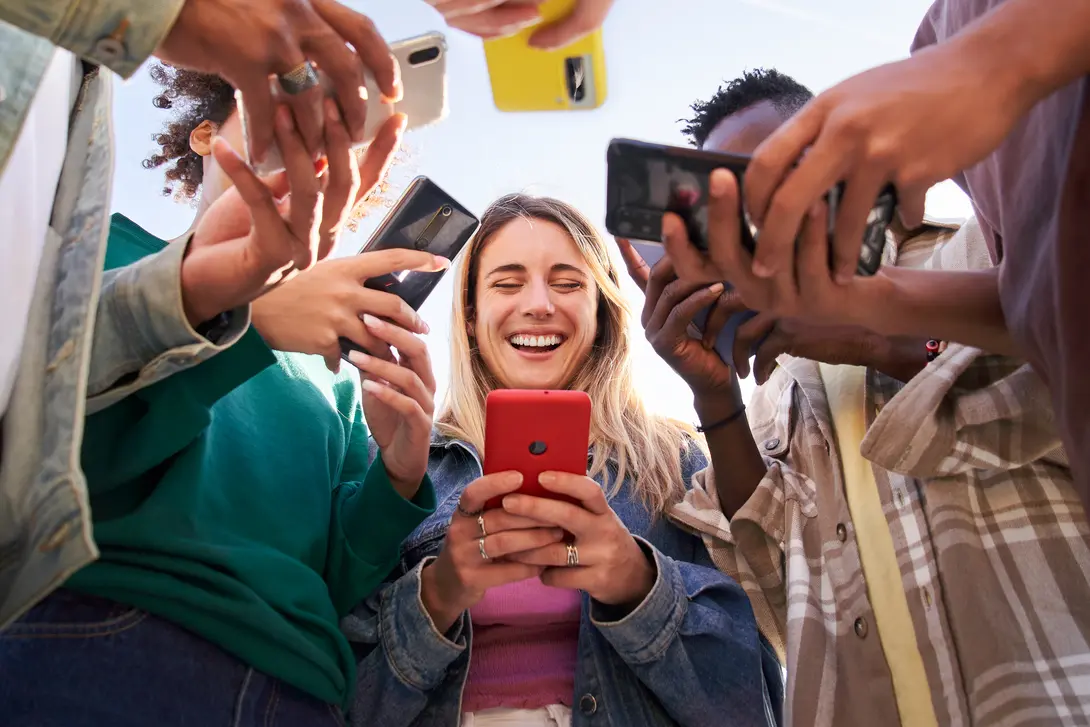
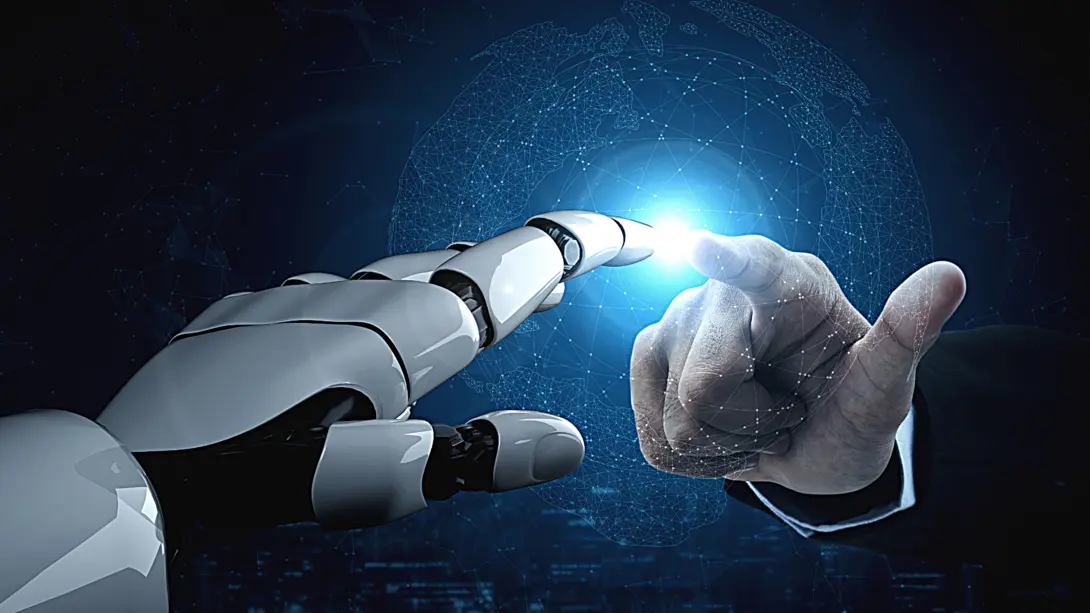
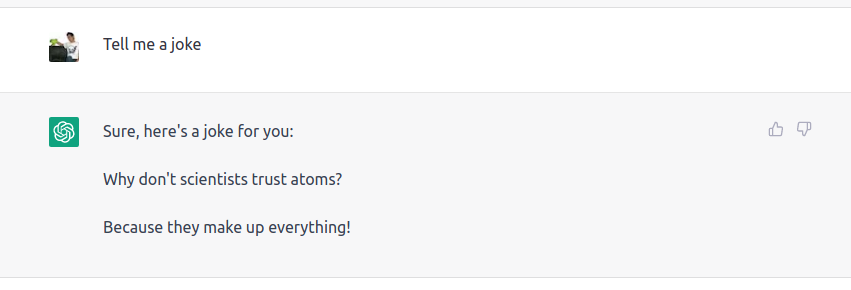
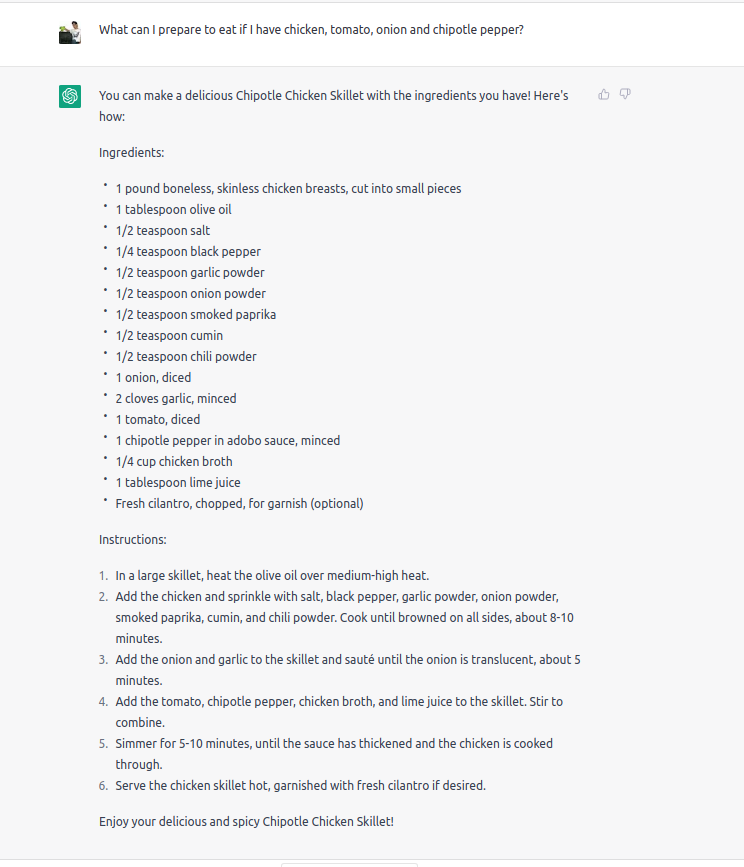






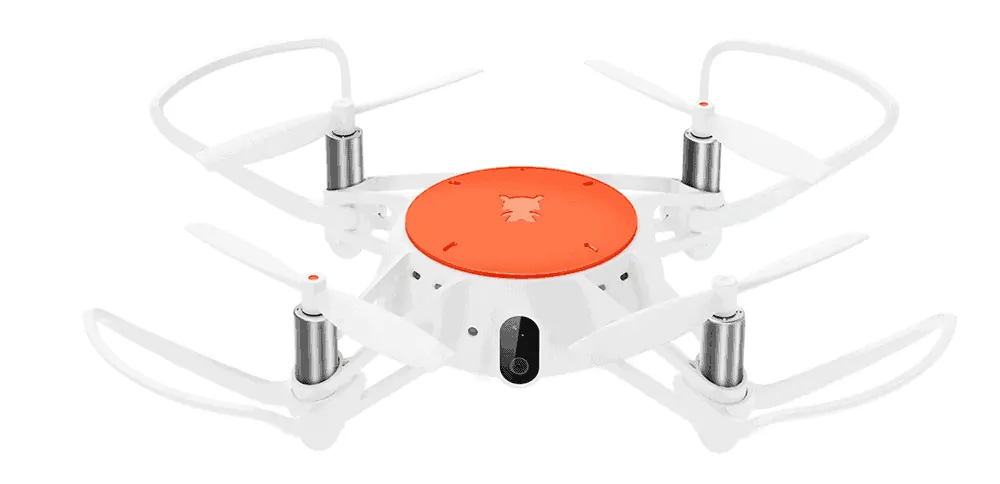


Comentarios